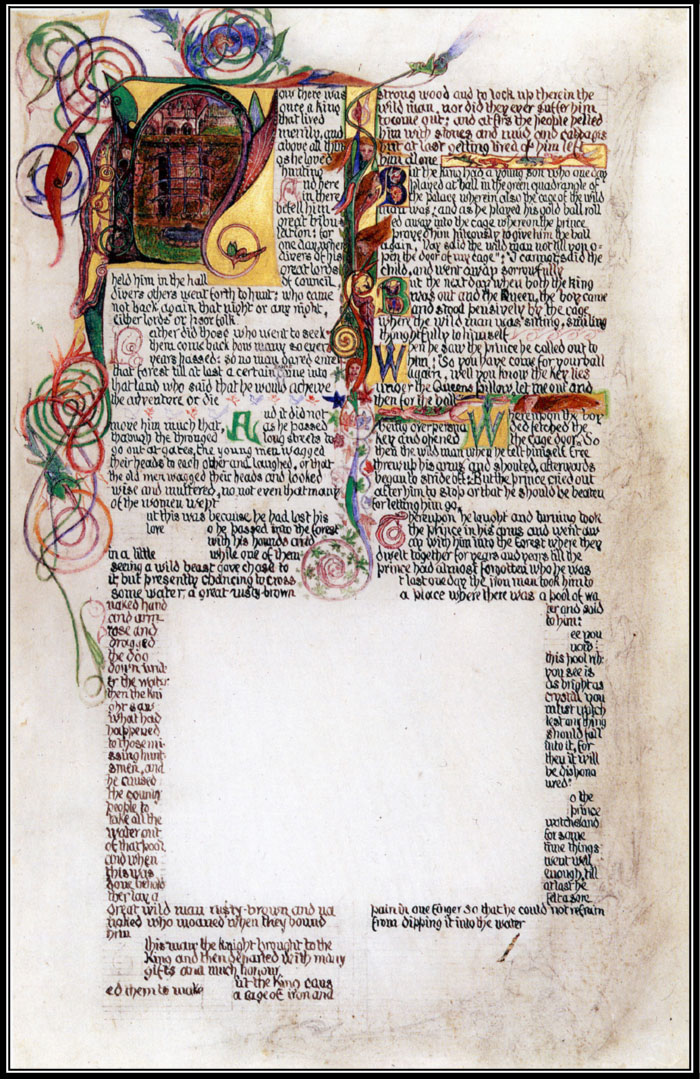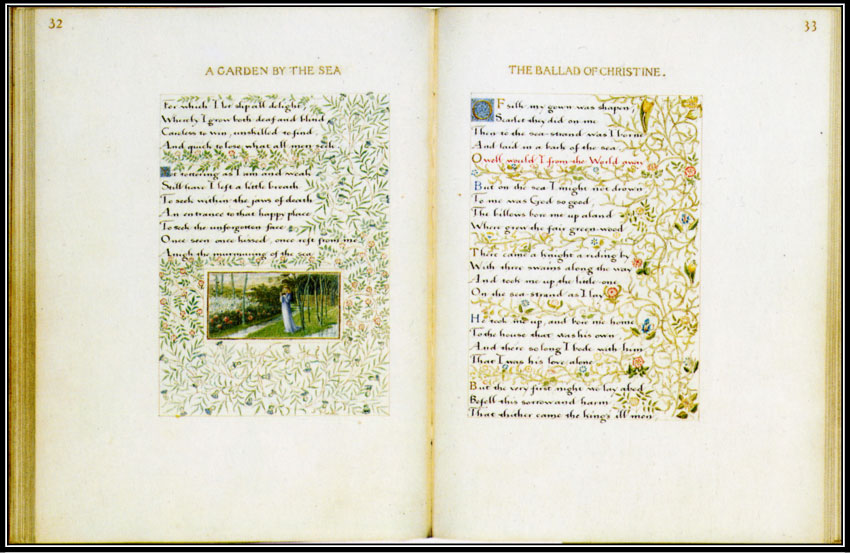William Morris describing the essence of authenticity:
"First. Your vessel must be of a convenient shape for its purpose. Second. Its shape must show the greatest advantage of the plastic and easily-worked nature of clay, the lines of its contour must flow easily; […]. Third. All the surface must show the hand of the potter, and not be finished with a baser tool. Fourth. Smoothness and high finish of surface, though a quality not to be despised, is to be sought after as a means for gaining some special elegance of the ornament, and not as an end for its own sake.[15]
Note how in describing authenticity he says not how each pot must be unique or original, but that it must show the hand of the potter. Thereby implying his preference for sincerity and integration of artist's uniqueness and involvement.
Notes
I think this explains his contempt for industrialisation as mindless mass produced imitation can never be authentic. His view was always to study the tradition and capture the living patterns, instead of bluntly emulating the original object. On the left is his illumination from when he was deep into medievalism(Note his for-this-era-approach even while emulating the design from 12th century: The flowers and the types of ornaments used are from 19th century); and On the right
is his illumination from when he was deep into medievalism(Note his for-this-era-approach even while emulating the design from 12th century: The flowers and the types of ornaments used are from 19th century); and On the right is when he wanted to retain the tradition of textual-decoration, but move away from medieval aesthetics.
is when he wanted to retain the tradition of textual-decoration, but move away from medieval aesthetics.
I think the current usage of the word authenticity is still mostly in alignment with originalism based view, which I think stops many people from publishing what could have been an iterative masterpiece with a unique touch. This is not to say that people aren't imitating, but that most of the modern day imitation is a mindless copy-paste which could be avoided if we encouraged artful and sincere imitation as a pursuit in itself.
References
[1] Michaela Braesel. (unknown). Reading Matters Braesel